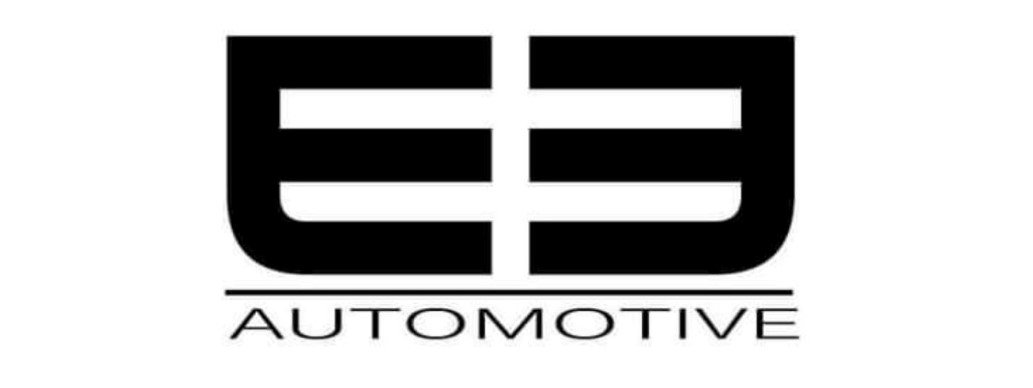Understanding Your Collision Repair Estimate: What’s Included?
If you’ve recently received a collision repair estimate, it probably came with a side of confusion. Between all the abbreviations, numbers, and repair jargon, it can be hard to know exactly what you’re looking at. The more you understand what’s included and how to read it, the more confident you will feel about the repair process.
The truth is, what is included in the estimate and its format can change. This depends on the shop and the software used. At Elite Automotive Finishes, we want to take the guesswork out of your repair experience. That’s why we will walk you through exactly how we lay out our estimates and what each section means.
Our Estimate Format, Explained
In our particular software, each area of the vehicle will have its own bolded heading. That’s a fast way to see what part of the car or truck we are talking about in each space. For example, you might see sections for “Right Front Fender,” “Left Rear Door,” or “Front Bumper.” Each of these bold headers groups the work being done in that area, making it easier to track what’s going on.
In the left column, you’ll find the operation being performed. These are the codes that often trip people up, so here’s a quick breakdown of the most common ones:
R&I – Remove and Install. This means we’re taking a part off and then reinstalling it once the related work is completed.
Repl – Replace. This is used when a damaged part is being removed and replaced with a new one, like taking off a dented fender and installing a brand-new one.
Rpr – Repair. This is the code for parts that are being fixed rather than replaced.
Refin – Refinish/Paint. This includes sanding, prepping, and painting a surface for a seamless finish.
Subl – Sublet. This is used for work that’s performed by an outside vendor. Items like reconditioning a wheel or having alignments done are common sublet items.
There are other operations that may appear, but these are far and away the most common operations you will see.
Moving Across the Collision Repair Estimate
As you move to the right in each line of the estimate, you’ll see more specific details:
The individual component being worked on (like “Front Bumper Cover” or “Right Fender”).
A quantity column, which shows how many of a specific item are being used—like bolts, clips, or brackets.
A price column, which will be used primarily for Repl and Subl lines, where parts are being replaced or outsourced services are involved.
Finally, on the far right, you’ll find the labor breakdown. These are split into two columns:
The left of the two lists all labor types such as “body,” “frame,” “structural,” or “mechanical.”
The rightmost column is strictly refinish labor—this is the time allocated to our painters for prepping and painting the area in question.
Understanding how labor is divided gives you a better sense of where your costs are coming from and how much time is being spent on each operation.
Why Collision Repair Estimates Change
Now that you have a better understanding of how to read the estimate, it’s important to know that estimates are not always final.
Insurance companies often provide the first draft of an estimate, but they are never very thorough. Initial estimates may miss hidden damage, structural repairs, or parts that require additional refinishing. That’s why once your vehicle is disassembled and inspected more thoroughly at our shop, the original estimate may change or grow.
We’ll always keep you informed when that happens—and we’ll also handle the back-and-forth with the insurance company so you don’t have to.
Contact Elite Automotive Finishes Today for Collision Repair
With this knowledge, you should be able to decipher any collision repair AZ estimate. Whether you’re reviewing a preliminary quote or looking over the final invoice, knowing what each line means will help you feel more in control of the process.
If anything ever feels unclear, we’re here to walk you through it.
At Elite Automotive Finishes, we believe you deserve transparency and craftsmanship—not guesswork and rushed jobs. That’s why we take the time to explain what’s being done, why it’s necessary, and how we’re making sure your vehicle looks like the accident never happened.
For more information on our auto body shop, check out our customer reviews.
